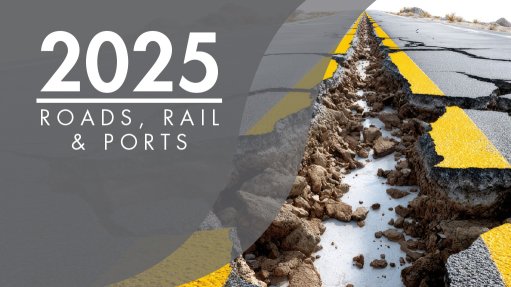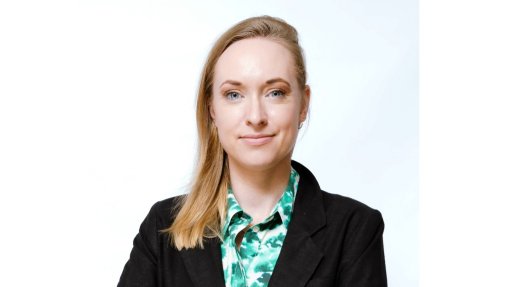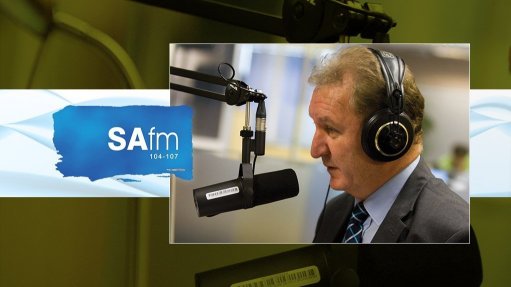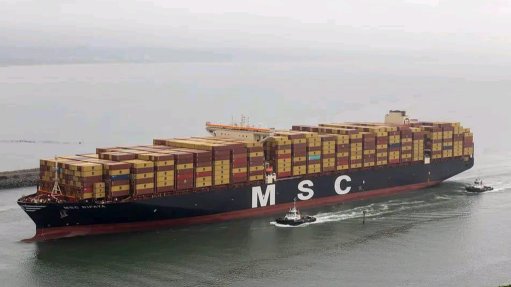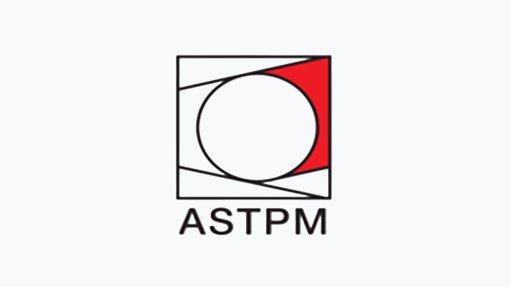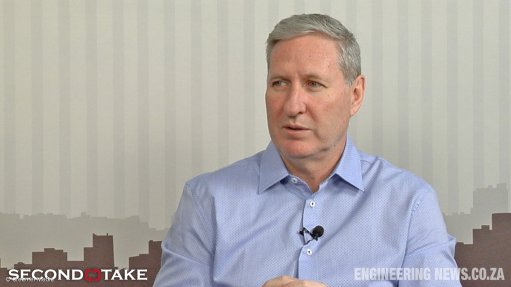GoSolr concerned about rising electricity costs

GoSolr CEO and co-founder Andrew Middleton discusses the challenge of rising electricity costs (Video and editing: Shadwyn Dickinson)
Although South Africa has experienced no loadshedding over the past three months, residential solar energy company GoSolr says the energy crisis is far from over, noting that rising electricity tariffs remain a challenge.
During a presentation on the company’s second quarterly Light Paper, released on August 6, CEO and co-founder Andrew Middleton pointed out that the growth of solar in South Africa, once driven by loadshedding, was now being driven by high energy costs.
GoSolr explained that the high costs were driven by various regulatory announcements in the last quarter including, but not limited to, potential tariff increases by State-owned utility Eskom, the introduction of import duties on solar panels and new fixed fees for prepaid electricity meters in Johannesburg.
By the second quarter of this year, the country’s energy availability factor stood at 66%, 15% higher than at the beginning of the year, largely owing to contributions from alternative energy providers.
While the increase in renewable energy generation by the private sector and consumers has helped to reduce demand for power from the grid, giving Eskom more room to undertake plant maintenance, GoSolr pointed out, however, that Eskom was still seeking higher electricity tariffs.
“When demand for . . . Eskom power is going down, it's not having the result of bringing prices down. It's actually bringing prices up because Eskom has fewer customers and . . . is selling fewer units of electricity. So it has not been able to recover those costs efficiently,” said Middleton.
In this vein, the Light Paper considers Eskom’s latest tariff application to the National Energy Regulator of South Africa (Nersa).
GoSolr said it was opposed to Eskom's proposed 70/30 split, where 70% of the revenues are linked to fixed charges and 30% to energy charges.
“Our view is very firmly that it’s not in line with international practices. So we hope that there can be proper engagement, public discussion around that, and we think that the ratio of 40/60 fixed costs to variable, is a lot more sustainable for South Africa and for Eskom.
“We think there's got to be some government work to be done and I think it's very important that we get this tariff structure right,” said Middleton.
Government has also expressed concern about rising energy costs and, in particular, the impact of this on the poor.
Engineering News reported in July that Electricity and Energy Minister Dr Kgosientsho Ramokgopa had announced plans to launch a review of the country’s electricity pricing policy, which is to be undertaken in consultation with the South African Local Government Association, Eskom, Nersa and other stakeholders.
Further, GoSolr pointed out that, in July, the South African Revenue Services (Sars) imposed a 10% import duty on solar panel, which would increase the cost of solar power projects in the country.
The company argued that imposing an import duty could hamper the country’s transition to green and stable energy. GoSolr called on Sars to review this import duty and consider reinstating the 25% rebate for homeowners.
Despite challenges, GoSolr posited that renewable power plants have a lower marginal cost than traditional power plants.
The company said this could be accelerated through a competitive market, accelerating the retirement of old and inefficient power plants and encouraging smart investments in new power generation.
Article Enquiry
Email Article
Save Article
Feedback
To advertise email advertising@creamermedia.co.za or click here
Comments
Announcements
What's On
Subscribe to improve your user experience...
Option 1 (equivalent of R125 a month):
Receive a weekly copy of Creamer Media's Engineering News & Mining Weekly magazine
(print copy for those in South Africa and e-magazine for those outside of South Africa)
Receive daily email newsletters
Access to full search results
Access archive of magazine back copies
Access to Projects in Progress
Access to ONE Research Report of your choice in PDF format
Option 2 (equivalent of R375 a month):
All benefits from Option 1
PLUS
Access to Creamer Media's Research Channel Africa for ALL Research Reports, in PDF format, on various industrial and mining sectors
including Electricity; Water; Energy Transition; Hydrogen; Roads, Rail and Ports; Coal; Gold; Platinum; Battery Metals; etc.
Already a subscriber?
Forgotten your password?
Receive weekly copy of Creamer Media's Engineering News & Mining Weekly magazine (print copy for those in South Africa and e-magazine for those outside of South Africa)
➕
Recieve daily email newsletters
➕
Access to full search results
➕
Access archive of magazine back copies
➕
Access to Projects in Progress
➕
Access to ONE Research Report of your choice in PDF format
RESEARCH CHANNEL AFRICA
R4500 (equivalent of R375 a month)
SUBSCRIBEAll benefits from Option 1
➕
Access to Creamer Media's Research Channel Africa for ALL Research Reports on various industrial and mining sectors, in PDF format, including on:
Electricity
➕
Water
➕
Energy Transition
➕
Hydrogen
➕
Roads, Rail and Ports
➕
Coal
➕
Gold
➕
Platinum
➕
Battery Metals
➕
etc.
Receive all benefits from Option 1 or Option 2 delivered to numerous people at your company
➕
Multiple User names and Passwords for simultaneous log-ins
➕
Intranet integration access to all in your organisation






